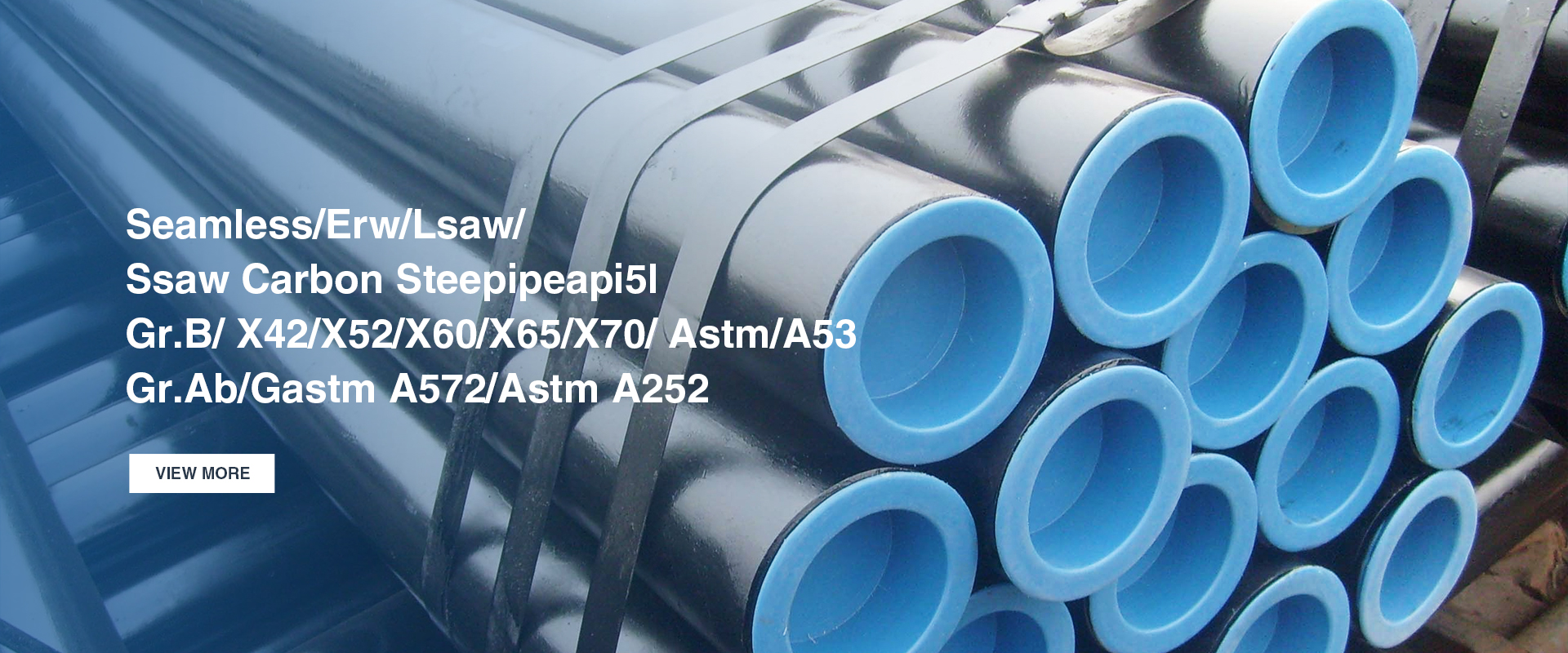-
Cangzhou Yulong Steel Co., Ltd.
-
Phone:
+86 13303177267 -
Email:
admin@ylsteelfittings.com
- English
- Arabic
- Italian
- Spanish
- Portuguese
- German
- kazakh
- Persian
- Greek
- French
- Russian
- Polish
- Thai
- Indonesian
- Vietnamese
- Zulu
- Korean
- Uzbek
- Hindi
- Serbian
- Malay
- Ukrainian
- Gujarati
- Haitian Creole
- hausa
- hawaiian
- Hebrew
- Miao
- Hungarian
- Icelandic
- igbo
- irish
- Japanese
- Javanese
- Kannada
- Khmer
- Rwandese
- Afrikaans
- Albanian
- Amharic
- Armenian
- Azerbaijani
- Basque
- Belarusian
- Bengali
- Bosnian
- Bulgarian
- Catalan
- Cebuano
- China
- China (Taiwan)
- Corsican
- Croatian
- Czech
- Danish
- Esperanto
- Estonian
- Finnish
- Frisian
- Galician
- Georgian
- Kurdish
- Kyrgyz
- Lao
- Latin
- Latvian
- Lithuanian
- Luxembourgish
- Macedonian
- Malgashi
- Malayalam
- Maltese
- Maori
- Marathi
- Mongolian
- Myanmar
- Nepali
- Norwegian
- Norwegian
- Occitan
- Pashto
- Dutch
- Punjabi
- Romanian
- Samoan
- Scottish Gaelic
- Sesotho
- Shona
- Sindhi
- Sinhala
- Slovak
- Slovenian
- Somali
- Sundanese
- Swahili
- Swedish
- Tagalog
- Tajik
- Tamil
- Tatar
- Telugu
- Turkish
- Turkmen
- Urdu
- Uighur
- Welsh
- Bantu
- Yiddish
- Yoruba

Oct . 16, 2024 03:58 Back to list
Understanding ANSI B16.5 Class 150 Flange Standards and Applications
Understanding ANSI B16.5 Class 150 A Comprehensive Overview
In the realm of industrial piping systems, the American National Standards Institute (ANSI) provides a framework for standardizing the design and specifications of flanges and fittings. One of the key standards in this context is ANSI B16.5, which pertains to the dimensions, materials, and pressure-temperature ratings of flanges. Among the various classes defined under this standard, Class 150 is notable for its widespread application across various industries, including oil and gas, chemical processing, and water treatment.
What is ANSI B16.5 Class 150?
ANSI B16.5 Class 150 refers to a specific rating of flanges that suggests a maximum pressure handling capability at ambient temperatures. The 150 in Class 150 indicates that these flanges are designed to operate at a maximum pressure of 150 psi (pounds per square inch) at temperatures around 100°F (37.8°C). However, it's crucial to recognize that the actual pressure rating of a Class 150 flange can vary with temperature due to the material properties changing under thermal conditions.
Design and Dimensions
Flanges classified under ANSI B16.5 Class 150 come in various sizes, ranging from ½ inch to 24 inches in nominal pipe size. The dimensions of these flanges, including their thicknesses and bolt hole patterns, are meticulously defined to ensure compatibility with standard piping systems. The standard also specifies the type of materials used for these flanges, which typically include carbon steel, stainless steel, and alloy materials, thus allowing for versatility across different environments and applications.
The design also addresses the raised face (RF) characteristic of Class 150 flanges, which helps in achieving better sealing by increasing contact surface area when bolted together. The RF design is particularly beneficial in high-pressure applications, ensuring that the bolted joint maintains integrity under operational stresses.
Pressure-Temperature Relationship
ansi b 16.5 class 150

Understanding the pressure-temperature relationship is fundamental when working with Class 150 flanges. As previously mentioned, the maximum allowable pressure can significantly decrease at elevated temperatures. For instance, at a temperature of 200°F (93.3°C), the maximum pressure rating can drop to approximately 130 psi, and it further decreases with rising temperatures. Consequently, engineers and designers must consider this relationship when designing a piping system to ensure safety and reliability.
Applications
Due to its pressure rating and flexible material options, ANSI B16.5 Class 150 flanges are widely utilized in many applications. They are commonly found in systems handling non-critical services such as water, air, and other low-pressure fluids. Their utilization extends to pumping and heating systems, as well as general manufacturing processes. In the oil and gas industry, Class 150 flanges are often employed in pipelines that transport less aggressive fluids.
Advantages of ANSI B16.5 Class 150 Flanges
One of the primary advantages of using Class 150 flanges is their ease of installation. The standardized dimensions and bolt patterns reduce the complexity of fitting and assembly, allowing for quicker and more efficient installations in the field. Moreover, the broad availability of these flanges in various materials ensures that plant operators can select the best option suited to their specific service conditions.
Another benefit is cost-effectiveness. Class 150 flanges generally fall into a lower price range compared to higher-rated classes, making them a practical solution for many applications where extreme pressure ratings are unnecessary.
Conclusion
ANSI B16.5 Class 150 flanges represent a stalwart choice in the diverse world of piping systems. Their established standards ensure reliability, safety, and efficiency across various industrial applications. By understanding the specifications, pressure-temperature relationships, and appropriate uses of Class 150 flanges, engineers and industry professionals can make informed decisions that enhance the functionality and longevity of their piping systems. As industries continue to evolve and require robust infrastructure, HVAC, and fluid management systems, the significance of standards like ANSI B16.5 remains paramount in promoting safety and uniformity across applications.
Latest news
-
ANSI 150P SS304 SO FLANGE
NewsFeb.14,2025
-
ASTM A333GR6 STEEL PIPE
NewsJan.20,2025
-
ANSI B16.5 WELDING NECK FLANGE
NewsJan.15,2026
-
ANSI B16.5 SLIP-ON FLANGE
NewsApr.19,2024
-
SABS 1123 FLANGE
NewsJan.15,2025
-
DIN86044 PLATE FLANGE
NewsApr.19,2024
-
DIN2527 BLIND FLANGE
NewsApr.12,2024
-
JIS B2311 Butt-Welding Fittings LR/SR 45°/90° /180°Seamless/Weld
NewsApr.23,2024











